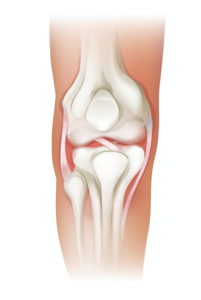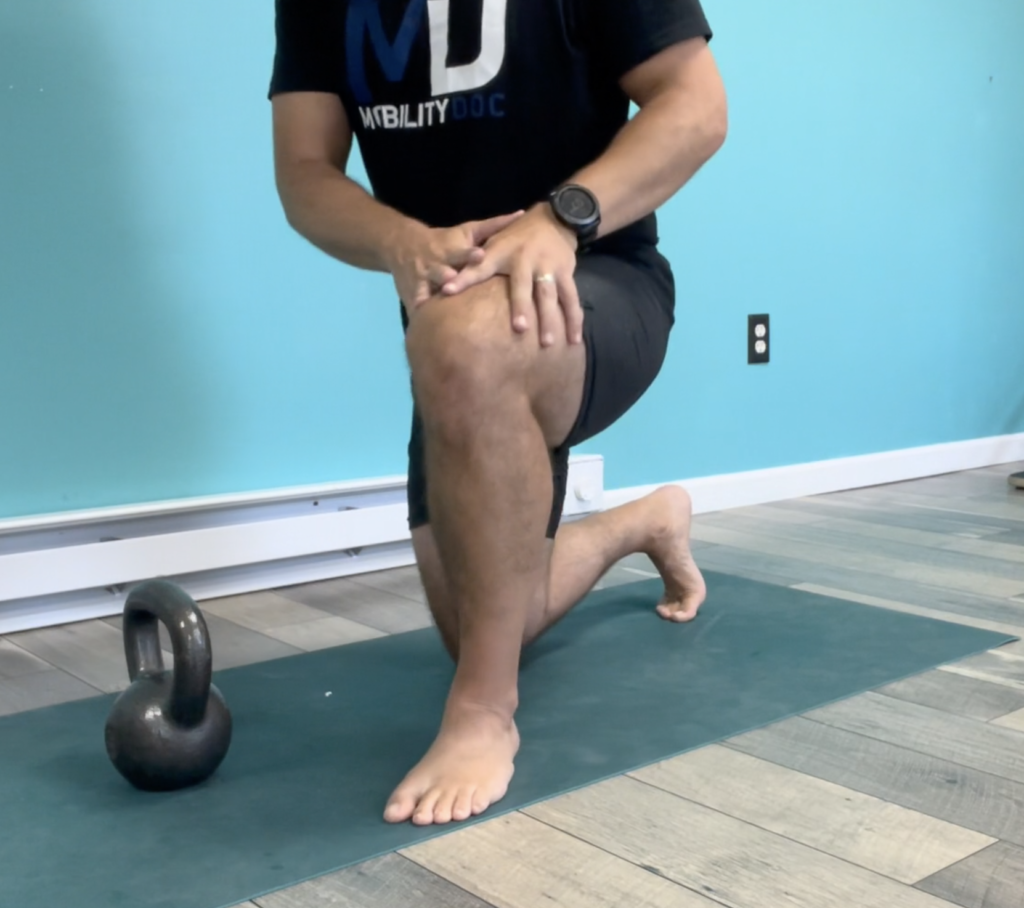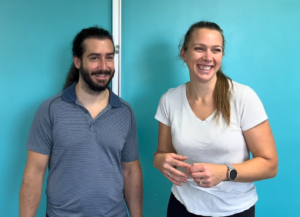What is one of the most common sports injuries that involves no contact with another person? If you’re thinking about knees you’re on the right track. Plant, twist, pop are the unfortunate series of events that is typically a meniscus tear.
Any sport with running and quick changes of direction lead to risk of this type injury. These games are always fast paced and rigorous, requiring you to pivot at any moment. Common examples of these are football, soccer, lacrosse, tennis, and basketball. Imperatively, you need speed, agility, and strength to excel. It’s always heart wrenching when we see your favorite pro athlete or friend out of the game due to injury. We want to keep all of our muscles firing properly and evenly to try and protect our joints at all costs. Prevention is the name of the game at all times. When it comes to the knees, which muscles are important to keep working properly? This week we are focusing on what a meniscus is, what muscles help support the knee to avoid this type of injury, and a few exercises that will keep you strong.
What Is The Meniscus
The meniscus is a small barrier that sits between your shin and femur or thigh bone. It consists of 2 small c shaped pieces of cartilage that sit where the bones would be touching. Because it’s cartilage, the meniscus provides stability yet a certain amount of flexibility and absorption that bone wouldn’t allow for. If you think of the sole of your sneaker and how it absorbs a little bit when you step on it, it’s similar to that.
This cushion can tear in many different ways. It can be split width or lengthwise and have small or large tears. For minor injuries, ice and rest can be enough to allow healing. In more severe cases surgery is needed to repair the tear. Either way it isn’t fun.

Moving Properly
Plant. Twist. Pop. This series of events can happen so quickly while you’re moving around the field or court. Any forceful and sudden twist while bearing full weight on the leg can finish by injury. To avoid this we want to make sure we are moving well.
Ideally we want the lower and upper leg to move together. Our entire foot should not be stuck to the ground. What I mean by this is that we don’t want the lower leg, tibia, either staying stationary or going one way, and then the upper leg, femur and hip, to go in the opposite direction. To achieve this, we need to be sure our foot is moving together with our leg. Your weight either needs to shift forward to the ball, or back to the heel of your foot. This weight transfer allows your entire leg to move in the same direction as one. This movement goes all the way through the hip.
What Muscles Protect the Knee
Notice how I mention your hip! Hip instability is one of the greatest contributors to meniscus tears. Common causes of instability are from the glute either not being strong enough, repetitive motions, or due to experiencing some kind of trauma. With your glute not firing properly, it allows your knee to track improperly. This improper tracking can cause any number of problems, but for this game it typically leads to a meniscus tear.
A classic exercise that is great for getting your glutes strong and to fire well is the side leg lifts. Dr. Chloe takes us through important aspects of this exercise like where your leg should be positioned and how to keep your stability.
Hip instability an issue? There is often a gap between when you finished your physical therapy to getting you back to your 100%. We have a program just for that! Check out our MDRx Hip program. It has 4 weeks of progressive programming to get you back to doing what you love pain free!






